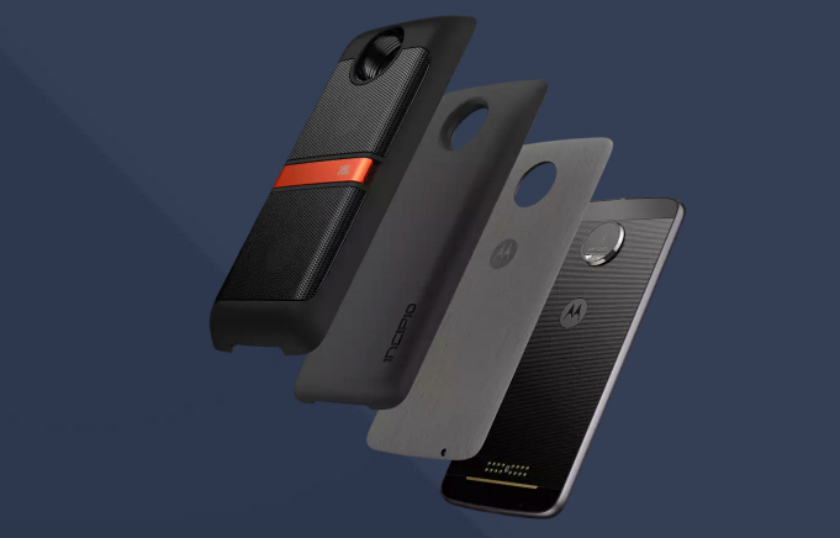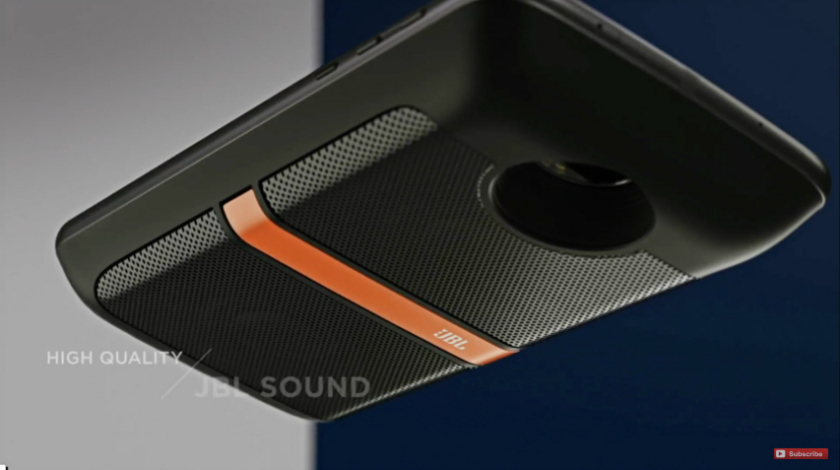Affiliate links on Android Authority may earn us a commission. Learn more.
Motorola just schooled LG on how to do modular design

As much as we love LG’s modular LG G5 Friends, they admittedly use a clunky, tedious and not very user-friendly slot mechanism. Motorola’s new Moto Mods turn the modular idea on its head: using really strong magnets, Moto Mods simply snap onto the back of the Moto Z and work immediately.

Ashton Kutcher rolled out of bed to introduce the new Moto Mod idea to those assembled at Lenovo TechWorld. Uninspired presentation nothwithstanding, Moto Mods really could be the game changer the modular idea desperately needs.
Moto Mods really could be the game changer the modular idea desperately needs.
This is because they provide the kind of plug and play functionality consumers expect. No one wants to turn their phone off, pull the insides out, attach a module, slot it back in and then reboot their phone. They want instant gratification and immediate access.

We’ll have to wait and see just how solidly Moto Mods magnets attach, but if they are as stable as Motorola says they are, they could easily become the default modular design mechanism. But a better mechanism is one thing; a convincing argument for why we even need modules in the first place is another.
No one has yet put forth a convincing argument for why we even need modules in the first place.
Modules still feel like a largely unnecessary gimmick. A larger battery can just as easily be packed into a thicker phone for example. While the manufacturers continually thrust thinner phones on us time and time again, most consumers would simply prefer a thicker phone with a larger battery (take the Galaxy S7 Edge as a case in point).
Likewise, a smartphone projector is nifty but far from an essential. Perhaps the best use case for modules is the beefy speaker. The JBL speaker mod may be bulky, but it is still a lot smaller than your average Bluetooth speaker.

But it’ll take more than a speaker attachment to make the module idea fly. Only time will tell if modules stick around long term or if they fall by the wayside. While they add a ton of bulk to the phone, the simplicity of snapping on a modular accessory and having it work instantly will go a long way towards taking the modular idea mainstream.
So whether we’re still talking about modules in five years or have forgotten all about them, for the immediate future at least it looks as though we’ll be seeing more of them. Opening up the idea to developers is critical, but unless developers believe in the idea it will stagnate before having a chance to take off. It’s easy to see how modules could be the future of smartphones but just as easy to see how they could fail miserably.
What do you think about the module idea? Do you think they’ll catch on?